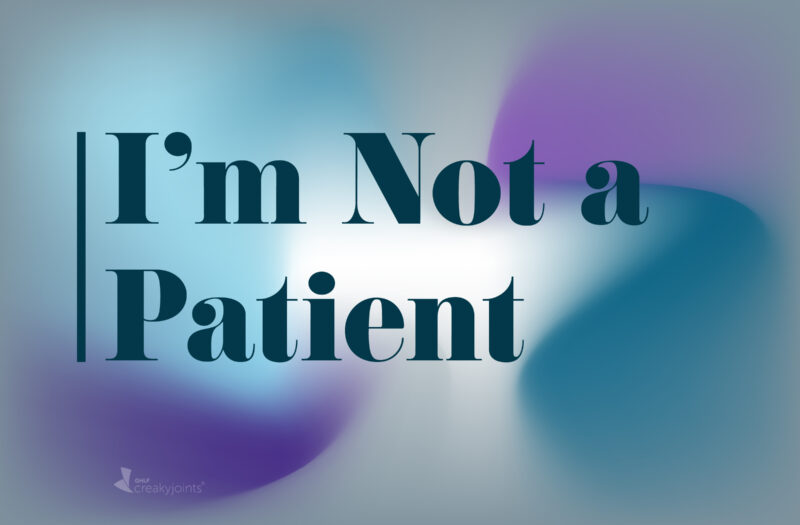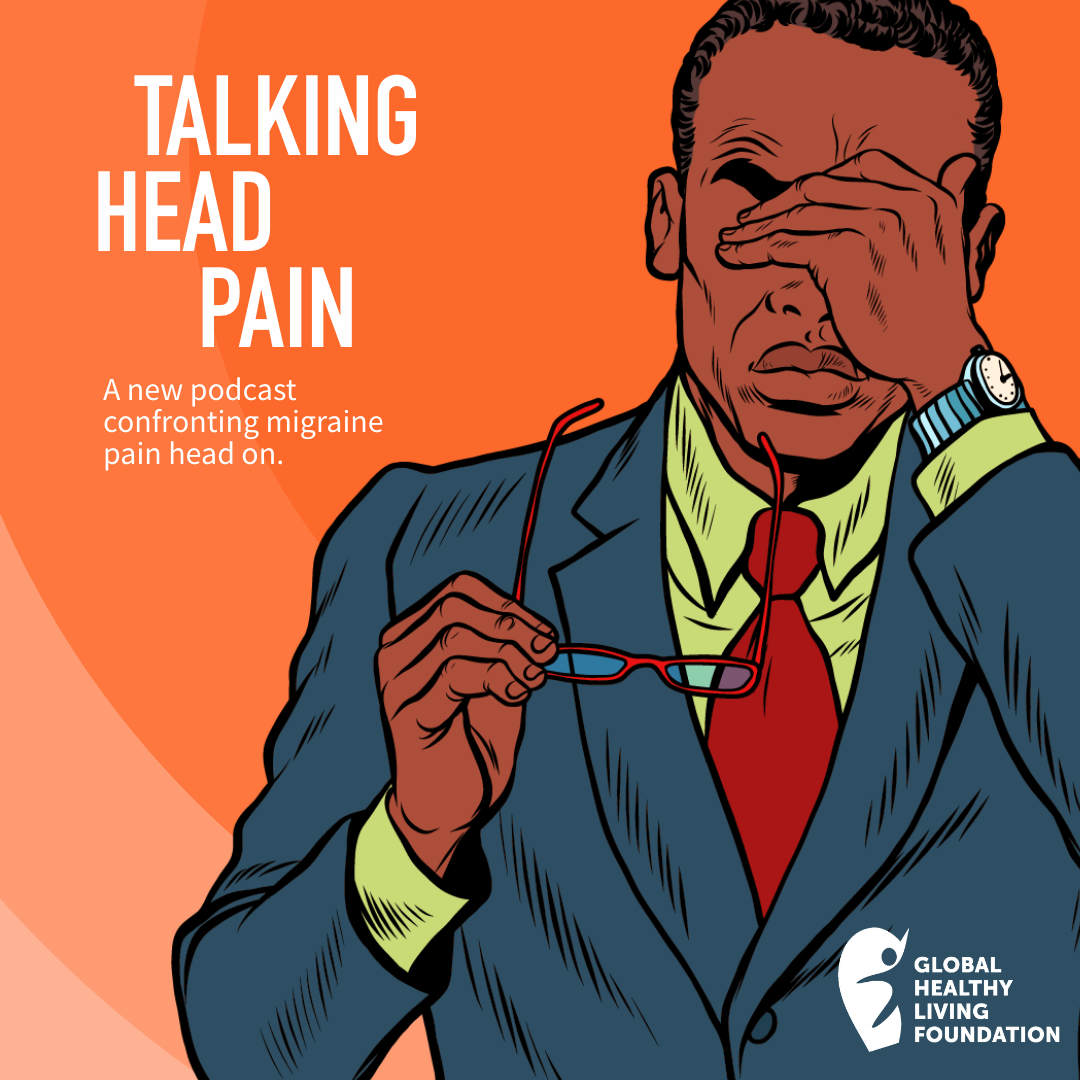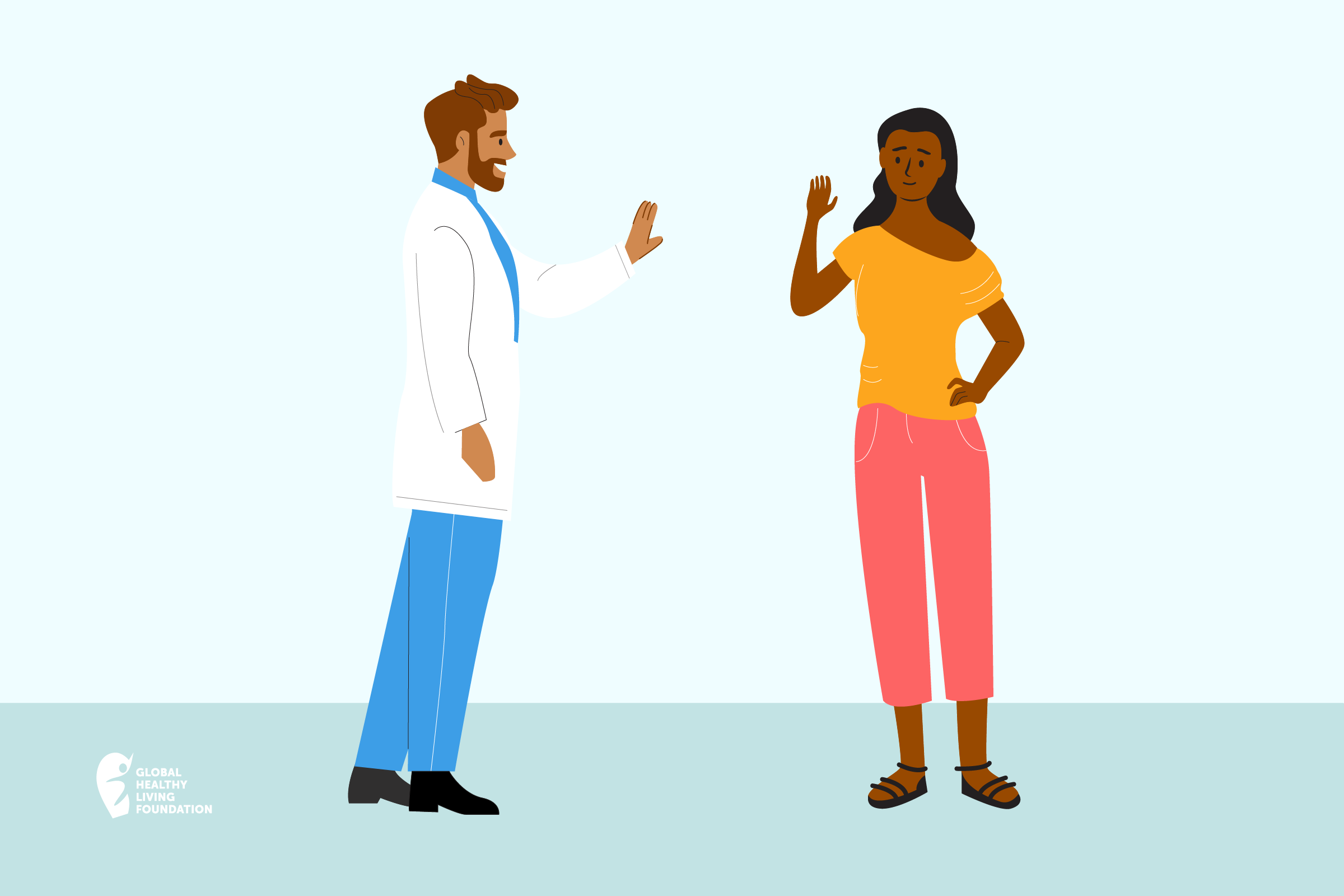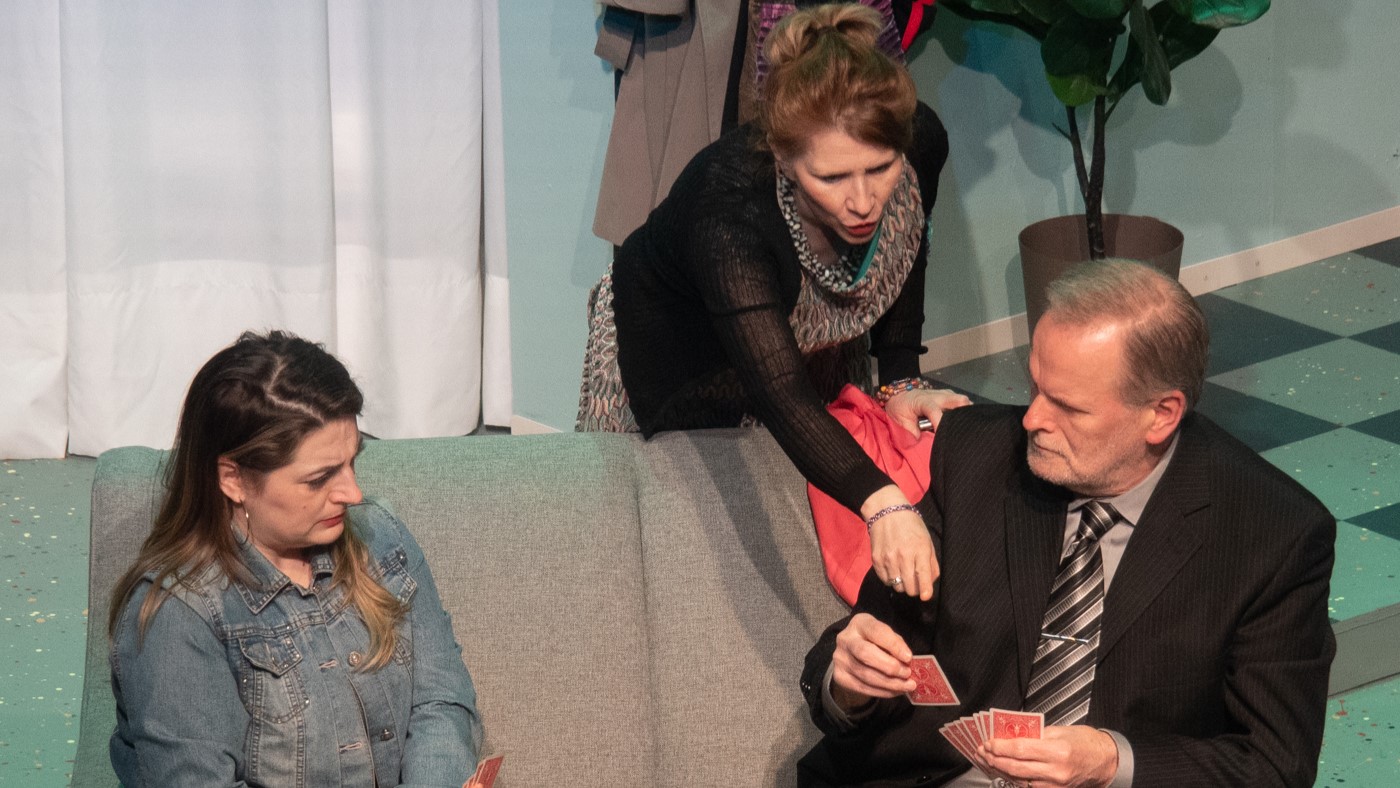I dance every day, but not to music. As someone with rheumatoid arthritis (RA), I spend a lot of time doing a daily dance of taking medication, resting, moving my body without overdoing it, eating food that nourishes rather than triggers symptoms, educating myself about my condition, and advocating for myself and the chronic illness community.
Despite this immersion in all things chronic illness, I don’t consider myself a patient outside of my relationship with my doctors. Rather, I am a person who has rheumatoid arthritis.
Let me tell you how I got here and what not being defined or identified as a patient means to me.
Whenever a word makes me feel uncomfortable, my first step is to look it up in the dictionary to find clues to explain why. On Dictionary.com, the noun “patient” is first described as a person who is under medical care or treatment. This is of course true for me — even when I’m not sitting in a doctor’s office, the nature of my chronic illness means that my treatment is ongoing, too.
But it’s the second description of the noun that reveals why I am uncomfortable: a person or thing that undergoes some action.
Being a ‘Patient’ Implies Playing a Passive Role
Our health care model assigns staff (nurses, doctors, etc.) the active designation as providers of care and assigns patients the role as passive recipients of care. If you look at the history of health care, back to the time when doctors were seen as gods issuing orders patients should follow or else be deemed noncompliant, you can see how much of that thinking and language is still around today. Thankfully, we are making a shift to a perspective that values empowered patients and doctors are increasingly understanding that care improves when the patient-doctor relationship is collaborative. But it’s a work in progress and the perception of patient as passive is still alive and kicking deep inside.
Even though I have spent several decades becoming comfortable with being and acting empowered in health care settings, I still have moments when my instinctive response is to be quiet and endure what’s happening.
Only a few months ago, a supervising doctor in a Toronto teaching hospital used my case to teach a resident about a particular aspect of RA, while completely ignoring me. During their conversation, I discovered something about the way my condition has affected my body that no one has ever told me before. Of course I should’ve said something. But I didn’t, because all the cues in the situation triggered my learned response to act a Patient with the capital P — a medical case to be studied, rather than a person to connect with.
For me, being identified as a patient gets in the way of being an active participant in and advocating for my care. I believe that using the terms patient, patient expert, and patient advocate in a medical setting affects whether health care professionals fully see us as people with thoughts, experiences, and expertise in our treatment and outcomes. For both sides of the equation, the passive aspect of being a patient is an almost insurmountable barrier to creating effective collaboration and partnership.
Being a Patient Invades My Privacy
Have you ever answered questions from an acquaintance or a stranger about your health, only to later realize that they had no right to this level of private information about you? For example, with my RA, I’ve had to address invasive questions about how my hands look or why I can’t do a particular thing.
That’s the second reason I don’t call myself a patient.
As people with chronic illness, we see a lot of health care professionals and there is very little privacy in that setting. It’s normal to share the most intimate details of your life with someone who is a complete stranger and allow them to touch private parts of your body. There is one set of acceptable behaviours in a medical setting, and a completely different set in your interactions with strangers, acquaintances, friends and family.
I think using the word patient to describe myself messes with these boundaries.
I’ve had RA since childhood and started using a wheelchair in my teens. This has made it really hard to establish boundaries around my privacy. Aside from being accustomed to the lack of personal power in medical settings, I’ve also had to negotiate the stigma and stereotypes related to disability in everyday encounters with those around me. If I had a penny for every time someone has asked intrusive questions about my disability, I could buy my own island.
It took a long time for me to make the internal shift to seeing myself as an active participant, someone who has the right to say no or not answer a question. Maintaining and strengthening those boundaries to protect my privacy is an ongoing labour, a little like a building a brick wall. Using the term patient to describe myself erodes the effort and lowers the wall. It allows others to intrude.
Being a Patient Reduces My Identity
I got my first power wheelchair when I was 16 years old. This was also the time I was introduced to the many barriers that get in the way of my participation in society. When I was in university — within a decade or two after the deinstitutionalization of people with disabilities — we were struggling against denial of our personhood. (Check out the story in which Jerry Lewis, he of the funny movies and muscular dystrophy telethons, uses the term “half a person.”)
One way the disabled community fought back at that time was by emphasizing person-first language — as in saying a person with a disability, rather than a disabled person. All these years later, the disability community is now moving to proudly embracing disability as an identity (as in “disabled person”), but back then, person-first was seen as the answer. Using person-first language became a big factor in how I shaped my identity by differentiating between what I am — Danish, white, a woman, disabled, middle-class — and who I am. Even though every aspect that makes up the “what” affects the “who,” they are far from identical.
My chronic illness is very much a what, along with advocate, writer, Canadian — and it, too, shapes the core of who I am. But it is not my only defining characteristic.
To me, the term “patient” reduces me to just this one a small slice of a much greater whole. We are all so much more than just one thing. Who we are is always and forever greater than the sum of our parts.
Maybe it’s time we recognized that when referring to people who have chronic illnesses
Stay in Touch with CreakyJoints Canada
Part of the nonprofit Global Healthy Living Foundation, CreakyJoints is a digital community for millions of arthritis patients and caregivers worldwide who seek education, support, advocacy, and patient-centered research. All of our programming and services are always provided free of charge. As we grow CreakyJoints Canada we want to hear from you. Please join our email list to stay connected, learn about new content and initiatives, and send us suggestions and ideas.






